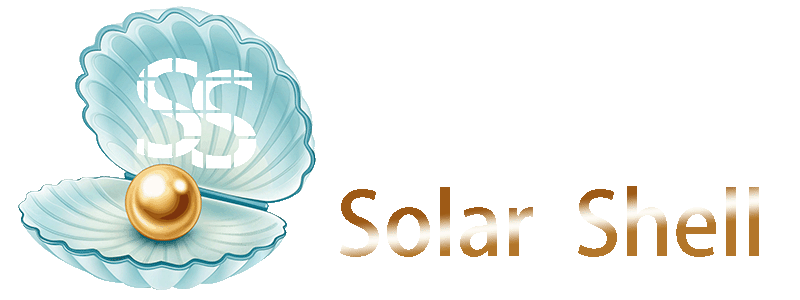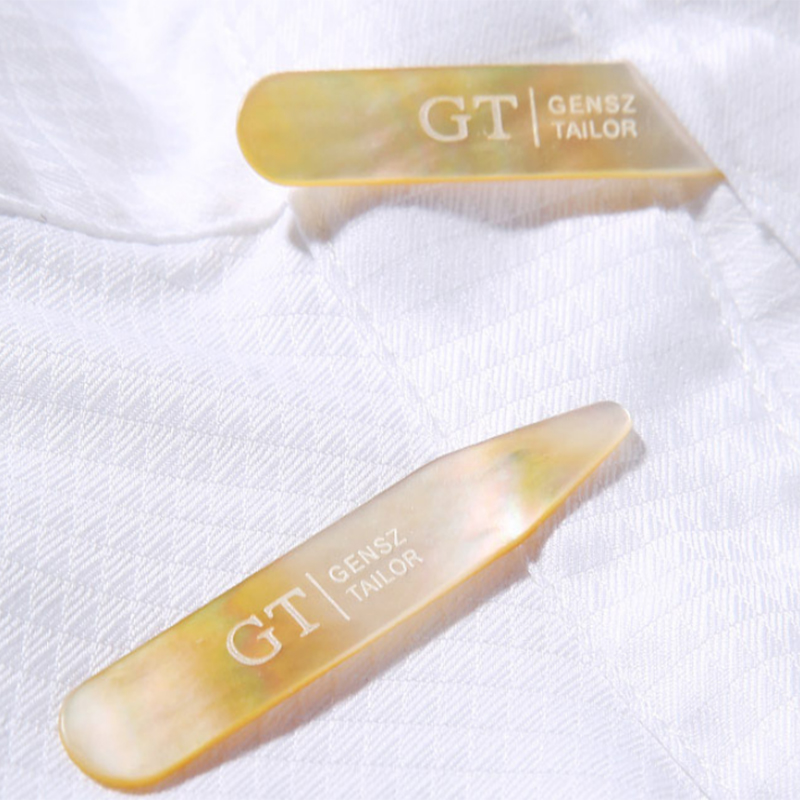What is White Mother of Pearl Shell Laminate, and How Can It Elevate Your Designs?
Seeking luxurious, natural surface material? Finding options that are both elegant and versatile can be challenging. White mother of pearl shell laminate offers stunning, sustainable beauty.
White mother of pearl shell laminate is a decorative surface material crafted from thin layers of natural white pearl shells, typically Australian White Lipped Oyster or Chinese Freshwater White Shell.

whitelip mother of pearl shells

Chinese white freshwater shells
The shimmering allure of mother of pearl has captivated for centuries. But how is this natural treasure transformed into a versatile laminate for modern applications? This material, sometimes referred to as shell paper in its manufacturing origins, brings iridescent beauty to surfaces. Let’s explore the intricacies of white mother of pearl shell laminate.
What Exactly Are White Mother of Pearl Shells, and What Are the Main Types Used for Laminates?
Confused about the shells behind the laminate? Wondering about the distinct types that create these white surfaces? Discover the primary sources of this elegant material.
White mother of pearl shells are the iridescent inner linings of specific mollusks. For laminates, the primary types are Australian White Lipped Oyster (Pinctada maxima) and Chinese Freshwater White Mussel shells.
The term "white mother of pearl" refers to the nacre, or inner shell layer, prized for its luminous, often silvery-white to creamy-white appearance. While several shells exhibit whitish nacre, two are predominantly used in laminate production due to their quality, iridescence, and suitability for processing. Your insights correctly identify that "white mother of pearl shell laminate" can refer to laminates made from either Australian White Lipped Oyster or Chinese Freshwater White Shell, with the former often being the premium implication.
Primary Sources for White Mother of Pearl Laminates:
- Australian White Lipped Oyster (Pinctada maxima) Shell:
- Origin: Primarily sourced from Australia.
- Characteristics: This oyster produces the famed South Sea pearls. Its shell nacre is thick, highly lustrous, and exhibits a beautiful silver-white sheen, sometimes with subtle rosé or creamy undertones. It’s highly valued for its premium quality and larger, more consistent shell pieces.
- Chinese Freshwater White Mussel Shell (e.g., Hyriopsis cumingii or similar species):
- Origin: Cultivated in freshwater environments in China.
- Characteristics: These shells offer a more abundant source for white mother of pearl. The luster is typically bright white, and while beautiful, it may present a slightly different iridescence compared to the saltwater Pinctada maxima. They are crucial for producing various styles and quantities of laminate.
How Is Raw White Mother of Pearl Transformed into a Versatile Laminate Sheet?
Curious about the craftsmanship involved? Wondering how delicate shells become durable, flexible sheets? Unveil the meticulous process of creating white MOP laminate.
White MOP laminate is made by cutting raw shells, splitting them into ultra-thin veneers, polishing, shaping, then meticulously adhering these pieces to a backing like plastic film or non-woven fabric.
The creation of white mother of pearl shell laminate, or shell paper, is a detailed process transforming raw shells into exquisite, usable sheets. Here’s a breakdown based on your insights:
The Manufacturing Journey:
- Material Preparation: Select high-quality Australian White Lipped Oyster or Chinese Freshwater White shells. These are then cut into the required shapes, such as small pieces or strips.
- Veneer Splitting: Specialized machines carefully split these shell pieces into multiple ultra-thin veneers, typically around 0.1mm thick. Each piece might yield 4-5 delicate layers.
- Polishing & Shaping: The veneers undergo a two-sided polishing process to achieve smoothness and enhance their natural iridescence. They are then pressed flat with heavy weights and may be gently baked in an oven to set their shape.
- Lamination: The shaped, polished veneers are carefully arranged and adhered onto a backing material (like a plastic film or non-woven fabric) that has been coated with adhesive.
- Curing & Finishing: After the adhesive dries, the laminate sheet is polished again on both sides.
- Trimming: Finally, any excess adhesive and backing material are precisely trimmed, resulting in a finished sheet ready for clients. This careful process ensures a high-quality decorative surface.
How Many Kinds of White Mother of Pearl Shell Laminate Are There?
Seeking specific aesthetics for your project? Wondering about the design variations in these laminates? Explore the common patterns created with white MOP pieces.
White mother of pearl shell laminates are available in several patterns based on how the shell pieces are arranged, including straight rows, irregular triangles, random patterns, and crushed patterns.

straight row white mother of pearl shell laminate

irregular whitelip mother of pearl shell laminate
The versatility of white mother of pearl shell laminate extends to the various patterns achievable through the arrangement of the individual shell pieces. Your insights highlight several popular styles, each offering a distinct visual appeal:
Common White MOP Laminate Patterns:
| Pattern Style | Description | Visual Effect |
|---|---|---|
| Straight Row (e.g., 6-9 Rows) | Uniform rectangular or square shell pieces are meticulously laid in neat, parallel rows. | Structured, clean, classic, emphasizes linear flow. |
| Irregular Triangle | Triangular shell pieces of varying sizes and angles are fitted together, creating a dynamic geometric mosaic. | Modern, intricate, visually engaging, tessellated. |
| Random Pattern | Irregularly shaped shell pieces are assembled without a strict geometric order, fitting like a natural puzzle. | Organic, artistic, unique, flowing, less formal. |
| Crushed Pattern | Smaller, fragmented, or crushed pieces of shell are closely arranged, often creating a dense, sparkling field. | Highly textural, shimmering, jewel-like, rich iridescence. |
These distinct assembly methods allow for a wide range of aesthetic outcomes, catering to diverse design preferences, from orderly elegance to organic artistry.
How Do You Use White Mother of Pearl Shell Laminate?
Inspired by its stunning iridescence? Wondering how to incorporate this luxurious material into your projects? Discover the versatile applications of white MOP laminate.
White mother of pearl shell laminate is used for high-end surface decoration on furniture, wall panels, inlay work, musical instruments, jewelry boxes, and other premium decorative items.
White mother of pearl shell laminate lends its unique beauty to a multitude of applications, instantly elevating the perceived value and aesthetic appeal of any item or surface it adorns. Its thin, flexible nature makes it surprisingly versatile.
Common Applications Include:
- Luxury Furniture: Tabletops, drawer fronts, cabinet facings, and detailed inlay work.
- Interior Design & Architectural Features:
- Feature walls in residential, hospitality (hotels, spas), and retail environments.
- Decorative panels, column wraps, and ceiling details.
- Musical Instruments: A traditional choice for inlay on guitars (fretboards, headstocks), violins, and other fine instruments.
- High-End Packaging & Display: Enhancing luxury product packaging or creating eye-catching retail displays.
- Decorative Objects: Jewelry boxes, picture frames, coasters, and other bespoke accessories.
- Fashion Accessories: Used in detailing on handbags, clutches, or even incorporated into jewelry.
- Bathroom & Kitchen Accents: As splashbacks or decorative tiles in areas not subject to harsh chemicals or constant heavy abrasion (proper sealing is key).
The key is to apply it to a stable substrate using appropriate adhesives, allowing its natural iridescence to shine.
Conclusion
White mother of pearl shell laminate offers a truly exquisite and versatile solution for adding natural iridescence, timeless elegance, and luxurious appeal to a wide range of designs.






